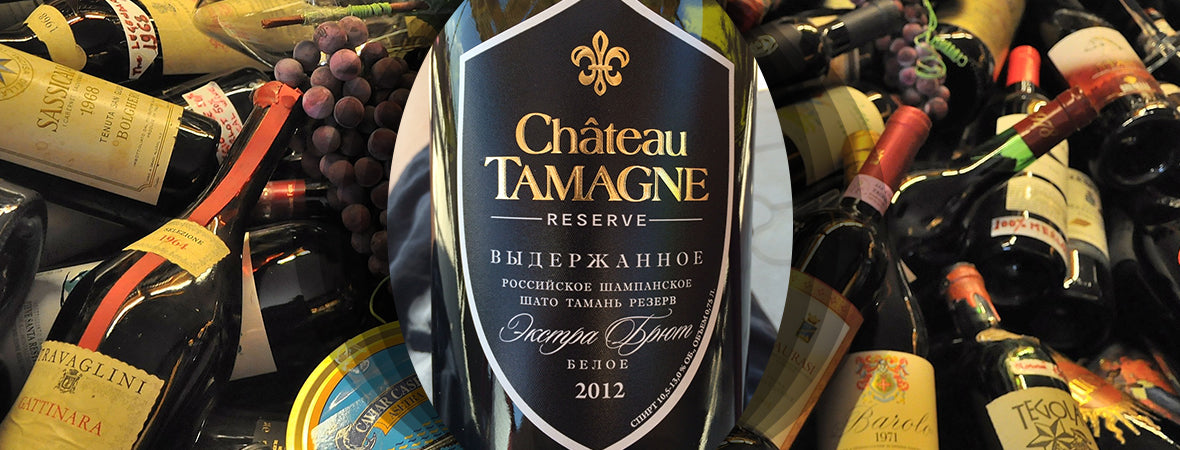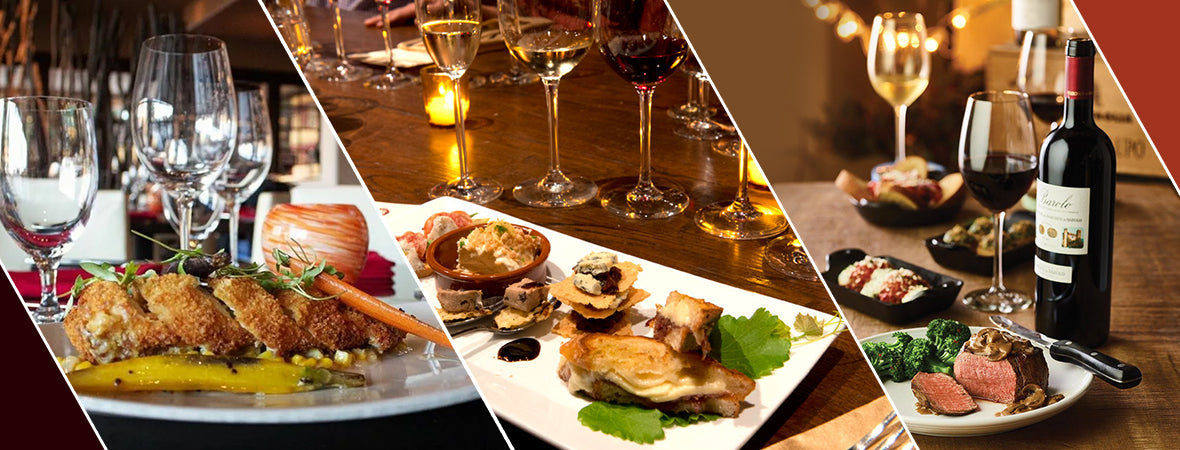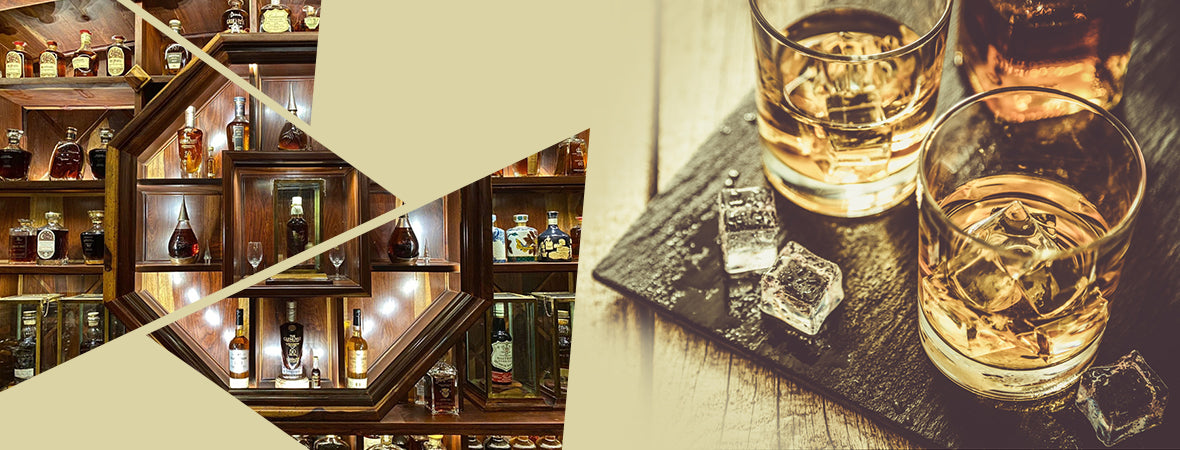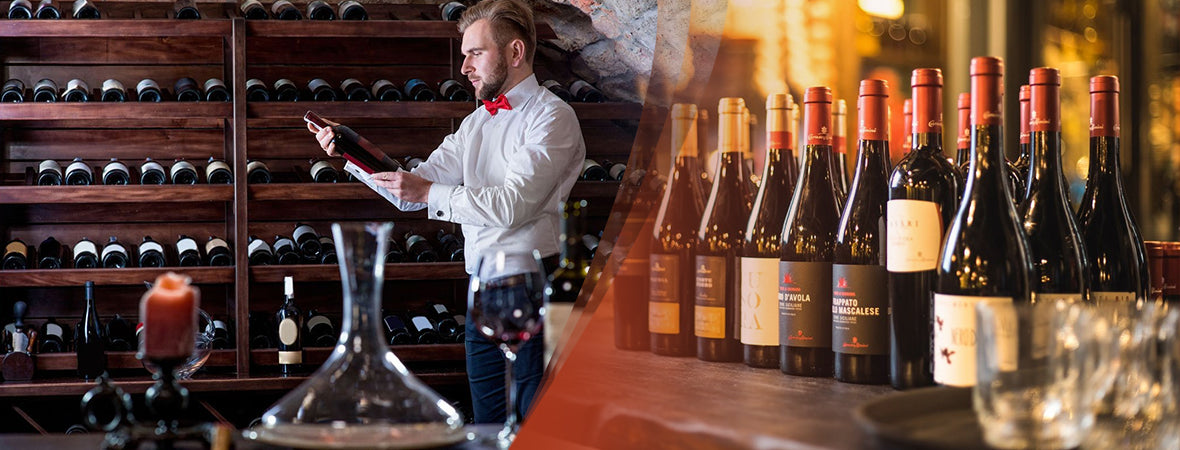French wine is among the best worldwide and many of us, including myself at one time or another picked up a bottle in the French wine section and just looked in utter confusion. A lot like deciphering hieroglyphics, French wine labels are a puzzle waiting to be solved. I have gathered a few tips and references to help with choosing a good bottle of wine. Knowing just a few of these simple terms can help in picking or recommending a great wine.
It is important to understand that French wine doesn’t categorize their wines by the type of grape used. So very rarely do you find a bottle labeled Cabernet Sauvignon or Merlot. The French labeling system usually indicates where the wine was produced or grown.
French wine laws and classifications.
France has one of the oldest systems for protecting wine. In 1935 there were various laws passed to control and protect the quality of French wine. The Appellation d’Origine Controlee was established and other European systems are modeled after this system. There are four categories in which French wine can fall under. All regulated wine is required to label their bottles under one of these categories:
Vin de table – These wines are considered inferior and are usually cheap in price. Most of these wines contain a variety of grapes grown in different places. If the bottle is labeled Vin de table francaise, it means all the grapes were grown in France. Even excellent wine can be labeled under this category if the wine contains many different types of grapes.
Vin de pays – This category is used to label wines that come from a specific area. You can often find good quality wine at a low price under this category. Vin de pays makes up about 20 percent of France’s wine production. In order to separate itself from Vin de table, the wine must be submitted for tasting and analysis. These wines also have to contain certain varieties or blends in order to fall under this category.
Vin delimite de qualite superieure (VDQS) – These wines adhere to strict standards and the wines under this category only make up a small part of France’s production. This category should eventually be eliminated after 2011.
Vin d’appellation d’origine controlee (AOC) – This category indicates that the wine is strictly controlled. Specific grapes, specific geographical area and specific standards are enforced to guarantee quality. These wines make up about 30 percent of the market and are the most expensive out of all the categories.
Every label of classification differs depending on which region the wine was made in. Another factor is that wines that fall under Vin de table and Vin de pays may contain less information than wines that fall under the higher classifications.
Varietals
There are various types of grapes cultivated in France and due to strict regulation, there are no commonly found grape varieties planted throughout France. Every variety is associated with a certain region. Climate often dictates where certain varieties would appear to be favorable. Cabernet Sauvignon wines are produced in Rhone, Rieslings in Loire. By tradition many French wines are commonly blended from several grape varieties.
Terroir
Many factors are associated with Terroir which refers to a combination of factors associated with a vineyard. Some of these factors are unique and may include:
Soil, altitude, climate (wind, rainfall, elevation, etc.) are factors which differentiates each vineyard. Terroir explains that even in the same region, no two grape varieties produce the same results in the wine.





